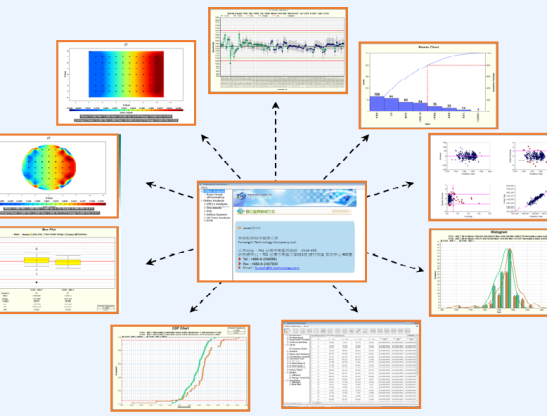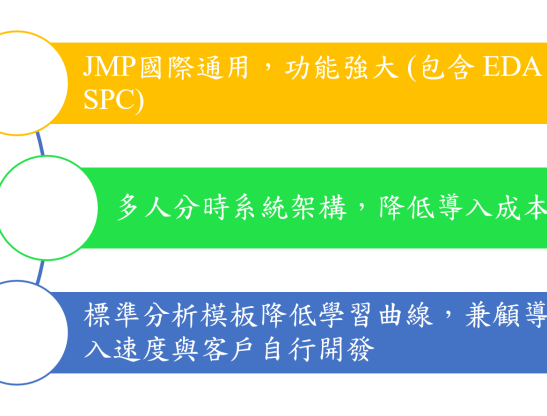EDA介紹
Features And Functions
Provide the function that user can choose process data they want to analysis and can integrate and split data of database.
Provide comprehensive and diverse statistical analysis methods.
Show graphic based on statistical theory : Good/Bad Run Analysis, Common Tool, Golden Path...,etc.
Benefits : Provide A Unified Analysis Tools To Make Engineers Have A Common Working Language
Find the best yield path
Reduce development time and cost



